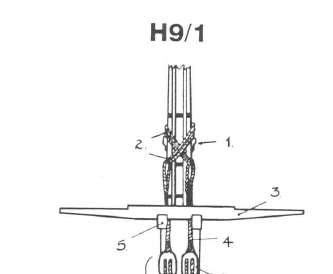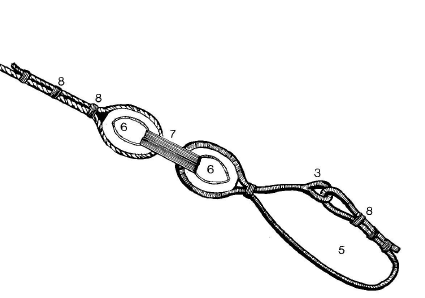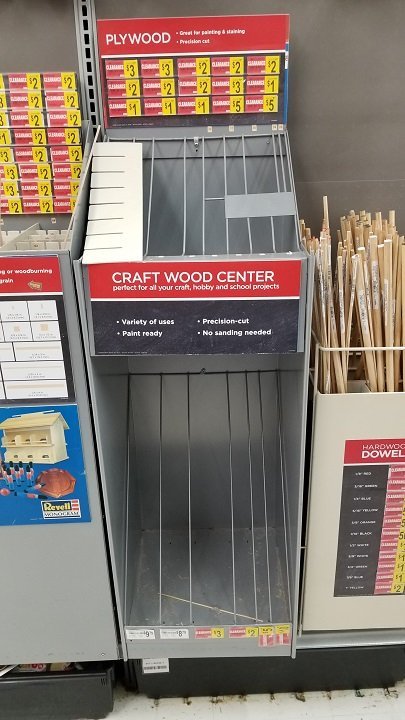-
Posts
3,168 -
Joined
-
Last visited
Content Type
Profiles
Forums
Gallery
Events
Everything posted by Gregory
-
Planking Question
Gregory replied to Malazan's topic in Building, Framing, Planking and plating a ships hull and deck
The Rabbet ( rebate ) is a groove that the planks fit into at the Stem and along the keel. Here is Glbarlow's Cheerful.. The ends of the planks butt into the rabbet at the stem. The garboard plank sits in the rabbet along the keel. In modeling it can be simulated in a couple of different ways .. It isn't always necessary to cut it.. In this topic, I showed an example of how a thin strip down the center of the keel and stem simulates the rabbet when separate keel and stem pieces are added to the backbone in a plank-on-bulkhead model.. There are probably hundreds if not thousands of examples in the build logs.. Just search for " rabbet " .. -
PS Here is some nice work by Moreplovac on his Brigantine Phoenix at 1:72 .. You can skim through the log for more detail..
-
Something we bring up from time to time; ask yourself are you making a model of a ship, or a miniature ship? With the rigging, if you are modeling, you want to use whatever methods let you give the appearance of full size rigging. As scale goes down, details are lost, and trying to follow full size practice for making knots and such, results in over sized details. I don't know if this is a good example to illustrate what I'm saying, because the builder is pretty much following full size practice, but it shows what can be accomplished, and is something to strive for. La Créole 1827 by archjofo - Scale 1/48 - French corvette I find small amounts of CA are useful in rigging, to hold something in place, when it will be hidden under a lashing or seizing..
-
"Royal Navy Warship" discovered near Riga in Latvia
Gregory replied to Beef Wellington's topic in Nautical/Naval History
The headline is misleading in that the text of the story says a 39 foot "section" was uncovered, leaving the possibility that the full extent of the wreck could be much longer. -
Some progress on the rigging. In this session I'm making some fiddle blocks. Here are the parts made with the laser from 1/32 cherry. I borrowed the build method from Chuck.. I really like the blocks Chuck makes, but if I can make them myself, I can save a little expense, particularly when I mess up one or more trying to finish them. Here are the pieces glued up. The little tab is handy for holding it while finishing it up.. The cherry doesn't finish as fine as boxwood, but I like the color of the cherry and it's really my go-to wood for this project. Here is one of the backstays with the fiddle tackle. Cheerful builders will find this familiar looking. Close up of one of the fiddles.. Thanks for looking in..
-
Planking Question
Gregory replied to Malazan's topic in Building, Framing, Planking and plating a ships hull and deck
Nice pun! The word " rabbet " is probably not found in any European ship kit plans or instructions... I don't know if Vanguard is an exception to that. Thousands of those models have been built without the builder ever knowing what a rabbet is. It is most useful on single planked models, but even then , it is possible to plank without it, but very hard to get a clean look where the planking meets the keel and stem.. -
It is a business that I think many of our members have dealt with in the past with favorable results. However, the owner is closely involved ( owner/admin) of another modeling forum that has no problem with and even endorses IP theft and Chinese ship model kits that are clearly rip-offs of legitimately produced kits. Have you seen the MSW Stance on Piracy in the hobby ?
-
Just discovered the sail making tutorial.. That should be pinned in the NRG Articles and How-To's.. It will be useful for any sail making project.. I'm also paying more attention to your Medway longboat kit. I think I need a new project to relieve the doldrums.
- 421 replies
-
- medway longboat
- Syren Ship Model Company
-
(and 1 more)
Tagged with:
-
In my mind, lashing usually refers to attaching something to something, whereas a seizing involves binding up a rope or line to itself. Someone else would have to clarify what lashings might show up on a mainstay.. Goodwin doesn't appear to identify anything in the Alert book as a 'lashing'.. In this drawing from Blandford, Goodwin identifies No. 2 as the lashing for the jeer strop - 4... Just found this in Lavery's Bellona book He identifies 7 as a lashing between the hearts on the mainstay. So, this might be what steel is referring to. The Alert doesn't have this arrangement.
-
I would 2nd this without recommending the book at all. This log by Glenn Barlow is an excellent source. There are several other logs . The Lauck Street products do not have much of a following here at MSW..
-
I agree with GrandpaPhil. The other kits on your list leave a lot to be desired for a first wood ship kit.. They would tend to be more discouraging than helpful in getting started in this hobby.
-
Hopefully they will respond, but Foxy hasn't visited here since Sept 2018..
-
Amazing how you have taken what is already a fine kit to the next level..
- 345 replies
-
- Duchess Of Kingston
- Vanguard Models
-
(and 1 more)
Tagged with:
-
Which CNC Machine to get?
Gregory replied to KrisWood's topic in Modeling tools and Workshop Equipment
It appears to be a subscription type plan.. I really couldn't justify that unless I were doing CNC as a business.. Have you tried Meshcam ? It is a little pricey up front, but looks pretty robust, and worth it in the long haul. I'm looking to move into CNC from my lasering, but haven't pulled the trigger yet, and have been exploring what's out there from a hobbyist's perspective. -
Glad to see you back at work.. That Deck looks great.. Basswood can be surprising if worked correctly.. Also, I have seen a great deal in variance in the quality of basswood I have seen over the years. In my experience it doesn't stain well, but can look really good when varnished.. Your deck is testament to that.
-
Which CNC Machine to get?
Gregory replied to KrisWood's topic in Modeling tools and Workshop Equipment
Are you referring to their " Easel " software or something else?
About us
Modelshipworld - Advancing Ship Modeling through Research
SSL Secured
Your security is important for us so this Website is SSL-Secured
NRG Mailing Address
Nautical Research Guild
237 South Lincoln Street
Westmont IL, 60559-1917
Model Ship World ® and the MSW logo are Registered Trademarks, and belong to the Nautical Research Guild (United States Patent and Trademark Office: No. 6,929,264 & No. 6,929,274, registered Dec. 20, 2022)
Helpful Links
About the NRG
If you enjoy building ship models that are historically accurate as well as beautiful, then The Nautical Research Guild (NRG) is just right for you.
The Guild is a non-profit educational organization whose mission is to “Advance Ship Modeling Through Research”. We provide support to our members in their efforts to raise the quality of their model ships.
The Nautical Research Guild has published our world-renowned quarterly magazine, The Nautical Research Journal, since 1955. The pages of the Journal are full of articles by accomplished ship modelers who show you how they create those exquisite details on their models, and by maritime historians who show you the correct details to build. The Journal is available in both print and digital editions. Go to the NRG web site (www.thenrg.org) to download a complimentary digital copy of the Journal. The NRG also publishes plan sets, books and compilations of back issues of the Journal and the former Ships in Scale and Model Ship Builder magazines.

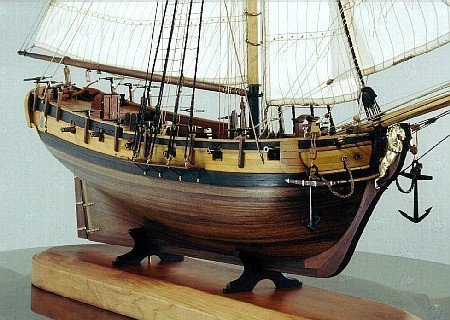
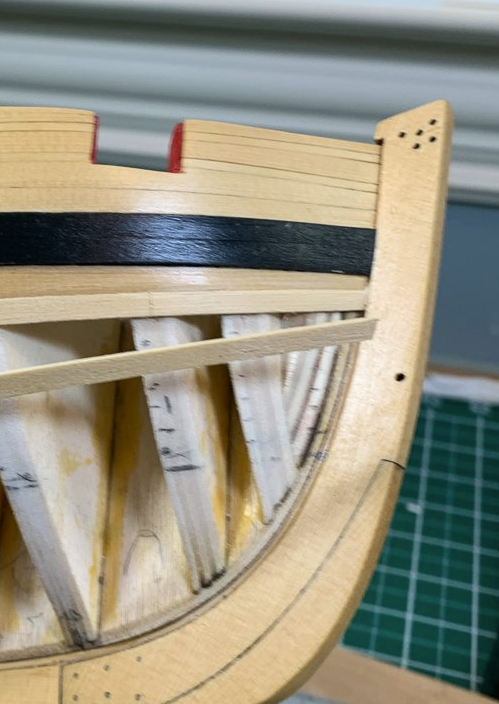
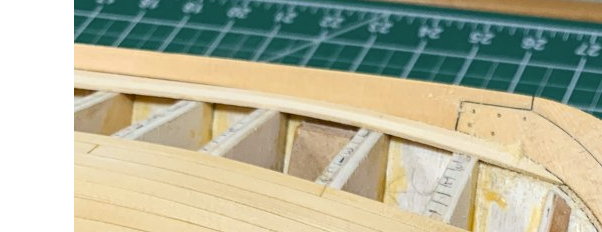

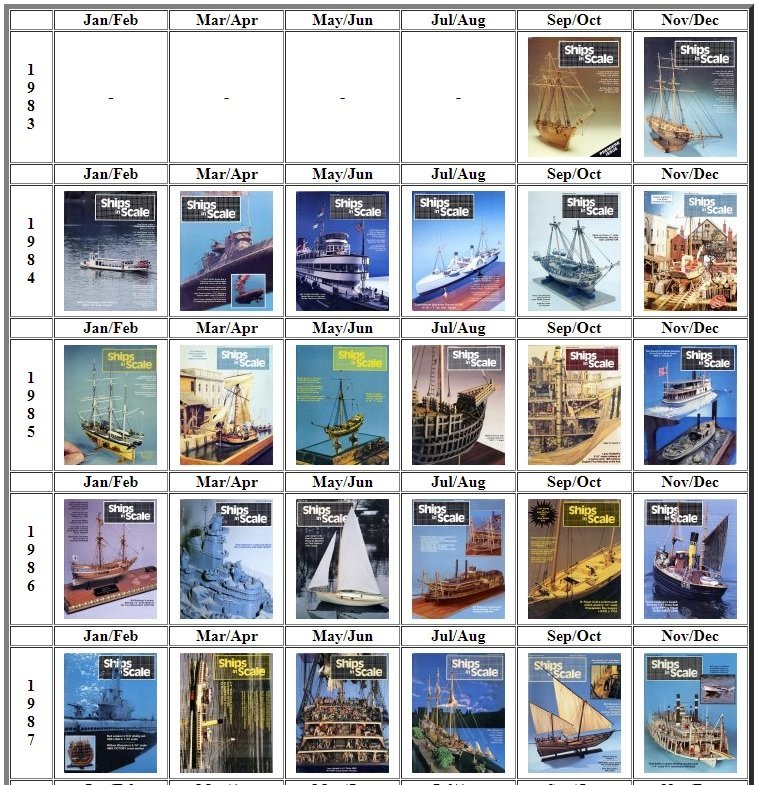
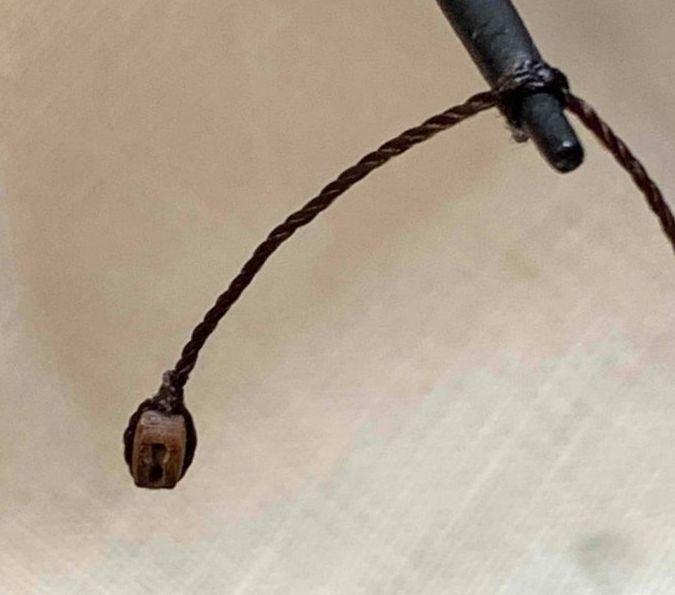
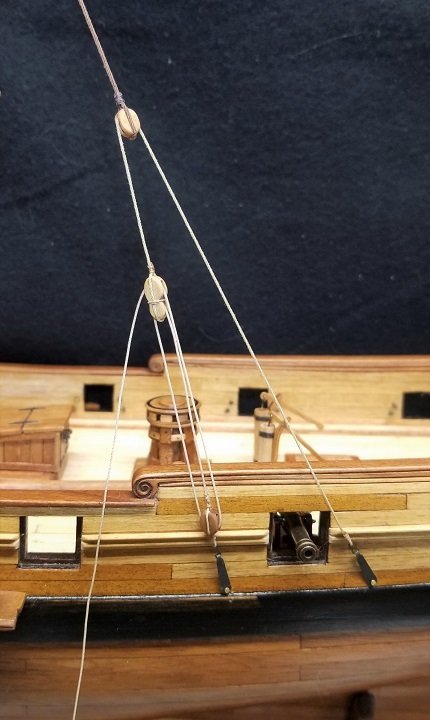
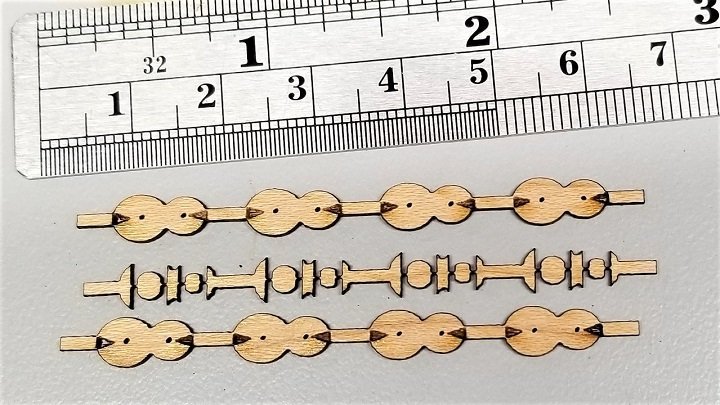
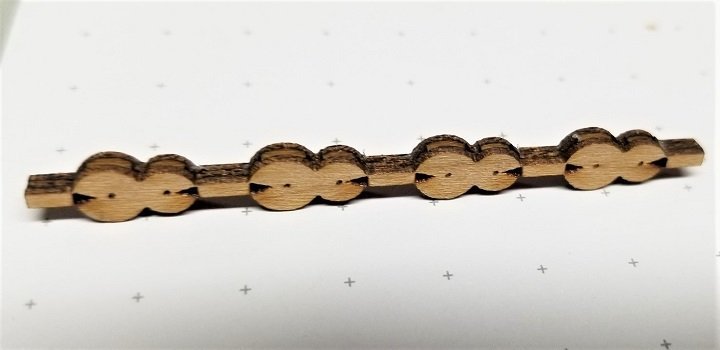
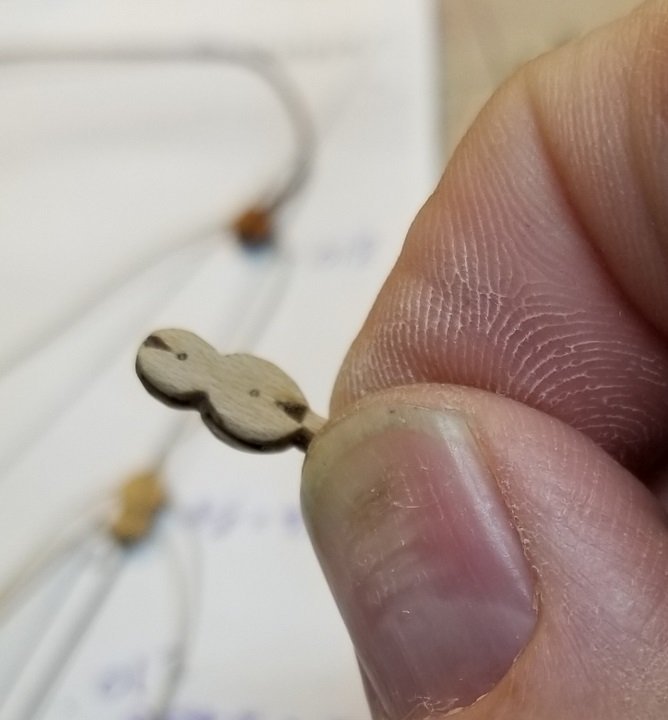
.jpg.4d81fb3aa0dffe8f5e3133403d839b18.jpg)
.jpg.8c3f92c888947d6e5457a990ca3fa942.jpg)

